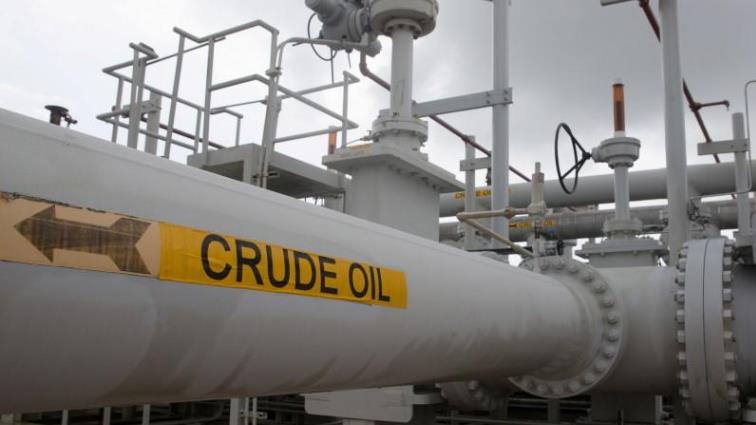Oil prices inched up on Friday as strong U.S. economic data boosted demand sentiment and as production losses in sanctions-hit Iran and Venezuela tightened the market.
Brent crude oil futures settled at $70.85 a barrel, rising 10 cents. The global benchmark shed 2.6% for the week, breaking a five-week winning streak.
U.S. West Texas Intermediate (WTI) crude futures closed at $61.94 a barrel, up 13 cents, while losing about 3% percent during the week, its second straight weekly decline.
A U.S. jobs report that showed growth surging in April and the unemployment rate dropping to a more than 49-year low of 3.6% increased expectations that crude demand would stay strong.
“If more people are going to work, they’re going to have to drive or take transportation to get there,” Phil Streible, senior commodities strategist at RJO Futures in Chicago. “It’s a good indication we could expect to see gasoline demand, oil demand picking up into the summer.”
Gains in the oil market, however, were capped by Wednesday’s report that showed U.S. crude inventories jumping to their highest since September 2017 and production hitting a record 12.3 million barrels per day last week..
Exports of U.S. crude broke through 3 million bpd in November for the first time and peaked at 3.6 million bpd earlier this year, according to data from the Energy Information Administration.
This week’s U.S. rig count, an indicator of future output, showed energy firms adding crude drilling rigs for the first time in three weeks, General Electric Co’s Baker Hughes energy services firm said.
(GRAPHIC: U.S. crude oil production link: tmsnrt.rs/2VFPX81).
U.S. sanctions against Iran and Venezuela and supply cuts led by the Organization of the Petroleum Exporting Countries and its allies, known as OPEC+, helped to tighten the market and support prices.
Production from Saudi Arabia could edge higher in June to meet domestic demand for power generation, though output will remain within its quota in the supply pact, sources familiar with the kingdom’s policy said.
The world’s top crude exporter is expected to produce about 10 million bpd in May, slightly higher than in April but still below its 10.3 million bpd quota under the OPEC-led deal, industry sources said.


